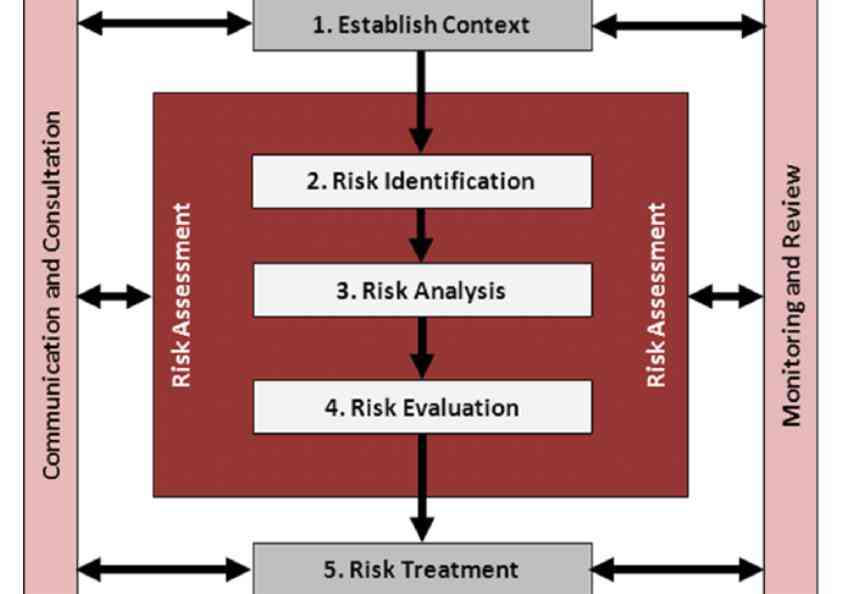|
Ref. No.: ISO/R270-1962(E)
IS0
I N T ERN AT1 ON AL
O RG A N IZATl O N FOR STAN DA RD IZ AT1 O N
IS0 RECOMMENDATION
R 270
DETERMINATION OF FIBRE LENGTH
BY MEASURING THE LENGTH OF INDIVIDUAL FIBRES
1st EDITION
A u g u st 1 962
COPY RIGHT RESERVED
The copyright of IS0 Recommendations and IS0 Standards
belongs to IS0 Member Bodies. Reproduction of these
documents, in any country, may be authorized therefore only
by the national standards organization of that country, being
a member of ISO.
For each individual country the only valid standard is the national standard of that country.
Printed in Switzerland
Also issued in French and Russian. Copies to be obtained through the national standards organizations.
---------------------- Page: 1 ----------------------
BRIEF HISTORY
The IS0 Recommendation R 270, Determination of Fibre Length by Measuring the Length
of Individual Fibres, was drawn up by technical Committee ISO/TC 38, Textiles, the Secretariat
of which is held by the British Standards Institution (B.S.I.).
Work on this question by the Technical Committee began in 1948 and led, in 1956, to the
adoption of a Draft IS0 Recommendation.
In October 1957, this Draft IS0 Recommendation (No. 182 - Part 1) was circulated to all
the IS0 Member Bodies for enquiry. It was approved subject to a few modifications of an edi-
torial nature, by the following Member Bodies :
Austria Greece Portugal
Belgium Israel Republic of South Africa
Romania
Burma Italy
Japan Spain
Canada
Czechoslovakia Net herlands Sweden
Denmark New Zealand Switzerland
France Norway Turkey
United Kingdom
Germany Poland
U.S.S.R.
Three Member Bodies opposed the approval of the Draft:
Hungary India U.S.A.
The Draft IS0 Recommendation was then submitted by correspondence to the IS0 Council,
which decided, in August 1962, to accept it as an IS0 RECOMMENDATION.
-3-
---------------------- Page: 2 ----------------------
ISO/R 270 - 1962 (E)
FOREWORD
The determination of fibre length by measuring the length of individual fibres has been chosen
as the reference method for the following reasons:
1. The fibre length is better defined than by measurement of the fibre held in combs.
2. This is a general method,and its range of application is not limited by the length or
diameter of the fibres tested.
3. The risk of accidental or systematic errors is less than with other methods, particularly
with collective measurements of the length of a group of fibres.
It should be noted that measurements by this reference method are made on straightened fibres
and may give different results from those obtained by other methods of measurement. In the
case of fibres which have inherent crimp, straightening the fibre may also introduce errors due
to stretching. Nevertheless, the other methods (e. g. the comb sorter) are quicker for some
fibres (e. g. cotton and wool) and for this reason may be preferred, for routine tests, to the more
exact method of measuring individual fibre lengths.
From the results of individual fibre measurements, the frequency-distribution curve may be
obtained, as well as certain other characteristics, such as the modal length, the mean length
and percentage frequencies of fibres by number or mass as a function of their length.
It should be stressed that, if the results of individual fibre measurements are to be applied to
the bulk source from which a laboratory sample for examination has been drawn, it is essential
that
(a) the laboratory sample should be drawn in such a manner that it is properly representa-
tive of the bulk source as a whole;
(b) the number of fibres measured should be statistically adequate to reproduce the range
and proportions of lengths in the bulk source.
Methods of sampling are not given in this document, which relates only to the method of mea-
surement.
-4-
---------------------- Page: 3 ----------------------
ISO/R 270 - 1962 (E)
~ ~ ~~
IS0 Recommendation R 270 August 1962
DETERMINATION OF FIBRE LENGTH
BY MEASURING THE LENGTH OF INDIVIDUAL FIBRES
1. SCOPE
This method of determining fibre length by measurement of individual fibres applies to all dis-
continuous textile fibres, except those in which strong inherent crimp would render the proce-
dure inapplicable.
2. PRINCIPLE
The method described below is based on the individual measurement of the
...














